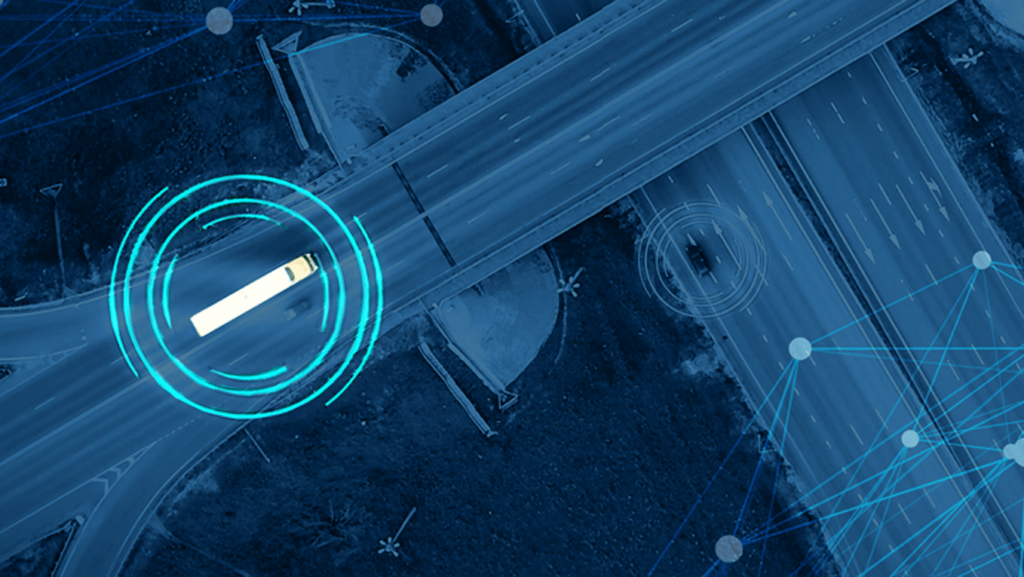
Data is transforming the way we move freight. Thanks to the insights gathered from movements up and down the UK, data insights help shippers to streamline their supply chain and save time and money, while carriers benefit from better operational efficiency and more full truck loads. If you’re embarking on the world of digital freight, DigiHaul’s Head of Data, Wenjia Tang, explains what data terms mean and the benefits for the road transport industry.
1. Data lake
The data lake is virtual environment where data from the transport network is gathered. This includes transactions, vehicle tracking and prices as well as external data such as the weather and fuel prices. Data analysts will then mine this data for useful insights.
2. Internal data
Information from within the transport network that goes into the data lake such as transactions, shipment information, communications to and from shippers and carriers, and geospatial data such as vehicle tracking.
3. External data
Information from outside of the transport network that goes into the data lake and might affect movements such as the weather, traffic conditions and fuel prices.
4. Live backhaul matching model
A system of collecting real-time data from transactions and using this data to instantly generate value. One of two data models, the other is the planning data model.
Our data insights revealed that one major UK retailer had planned over 3,750 empty runs during the Christmas peak at a cost of more than £6M.
5. Planning data model
A system of collecting real-time data from transactions, looking at this over time and using it to find efficiencies in the long term. This model is used to plan ahead by anticipating events ahead of time.
6. Use case scenario
A set of steps that are required to help achieve a particular goal, such as using the data from movements to reduce empty running. Examples of use case scenarios include backhaul matching for carriers and reducing excess procurement to save shippers money.
7. Network optimisation
Looking at the shipment characteristic data in the network to find opportunities for round trips or double shifts. This provides opportunities for carriers to reduce empty miles while giving shippers access to more capacity for orders. Filling more trucks also makes the industry more sustainable.
“Embarking on the digitalisation journey gives both our shippers and our carrier partners the opportunity to grow with us and learn how our systems and our expertise can benefit them almost immediately.” Wenjia Tang, Head of Data.
8. GDPR
The General Data Protection Regulation which is an important component of EU privacy law and human rights law. This ensures that any transport data held by digital freight businesses is processed safely by being anonymised or aggregated, i.e. compiled into summaries or reports for analysis.
9. Data insights roadmap
Mapping the journey to data value transformation. This can be broken down into five stages:
- Data foundation, where internal transport data and external data goes into the data lake as a starting point (see above).
- Cognitive layer, when analysts derive actionable insights, such as understanding the market force and predicting future trends around pricing fluctuations.
- Orchestration layer, providing real-time feedback based on digital events such as live suggestions of backhaul opportunities once a shipment is accepted.
- Experience layer, taking a 360-degree view of data to enhance the digital experience for shippers and carriers, such as onboarding.
- Data value transformation, where we’re able to fully realise the value of data to streamline the network and reduce waste (see below)
10. Data value transformation
Using data insights to transform the future of the road transport industry. We are already seeing the benefits of data insights and with more data being added every day there is huge potential to solve problems and improve the network for shippers, carriers and the environment.
Ready to find out how our data insights can help your business? Get in touch.
